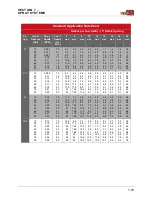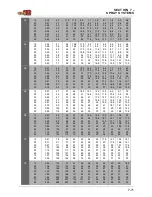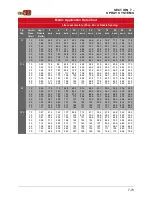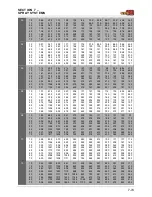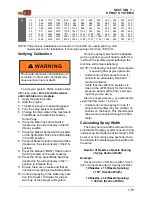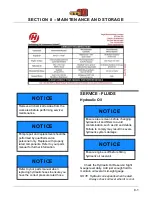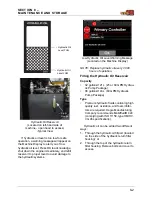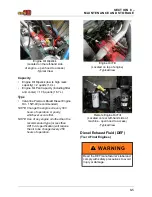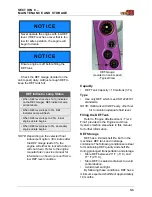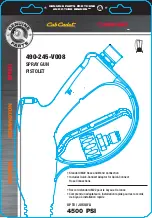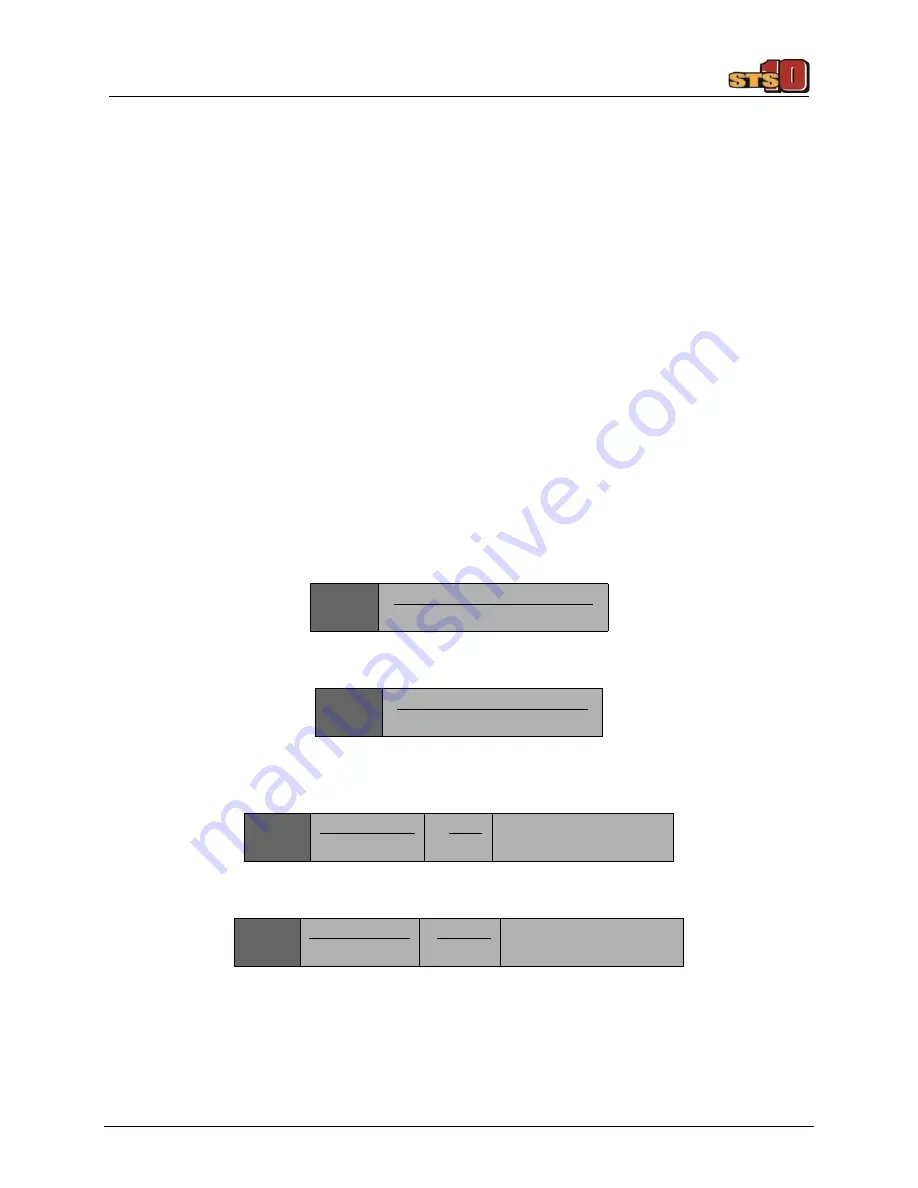
SECTION 7 –
SPRAY SYSTEMS
7-68
NOTE: Certain regions may have
restrictions on drift control.
Once you have selected the type of
nozzle, you must choose the size of the
nozzle. There are three main things to
consider when choosing a nozzle size:
1. Recommendation of GPA (l/ha).
2. The speed in which you intend to travel
when applying chemical and nozzle
spacing (distance between nozzles).
3. Spray Tip size (refer to the following
example on how to select a proper tip
size).
The following Application Rate Chart
provides tabulations based on spraying
water. When spraying liquids other than
water, you will need to use a conversion
factor to configure the appropriate
application rates.
Example of how to choose the proper
nozzle:
Joe is spraying 28% nitrogen. The
chemical manufacturer recommends that the
chemical be applied at 20 gallons per acre
(GPA)/187 liters per hectare (l/ha). Joe
knows that he can run his sprayer at 10 mph
(16 km/h) across the field. He has 20-inch
(50 cm) nozzle spacing on his booms. Joe
has narrowed his tip search to flat spray tips.
Use the following conversion formula:
•
20 GPA (187 l/ha) (liquid other than
water) x 1.13 (conversion factor) =
22.6 GPA (211.3 l/ha) (water).
Joe determined that he needs an
application rate of 22.6 GPA (211.3 l/ha) to
select the correct nozzle to apply 28%
nitrogen at 20 GPA (187 l/ha).
To determine which nozzle is better for his
intended use, Joe needs to figure out the
gallons per minute (GPM)/liters per minute (l/
min) each nozzle needs to spray.
Examples:
GPM =
GPA x MPH x Nozzle Spacing
5940 (Constant)
l/min =
l/ha x km/h x Nozzle Spacing
60,000
GPM =
22.6 x 10 x 20
5940
= 4520
5940
=
0.76 GPM
(per nozzle)
l/min =
211.3 x 16 x 50
60,000
= 169040
60,000
= 2.82 l/min
(per nozzle)
Summary of Contents for STS 10
Page 290: ......

















